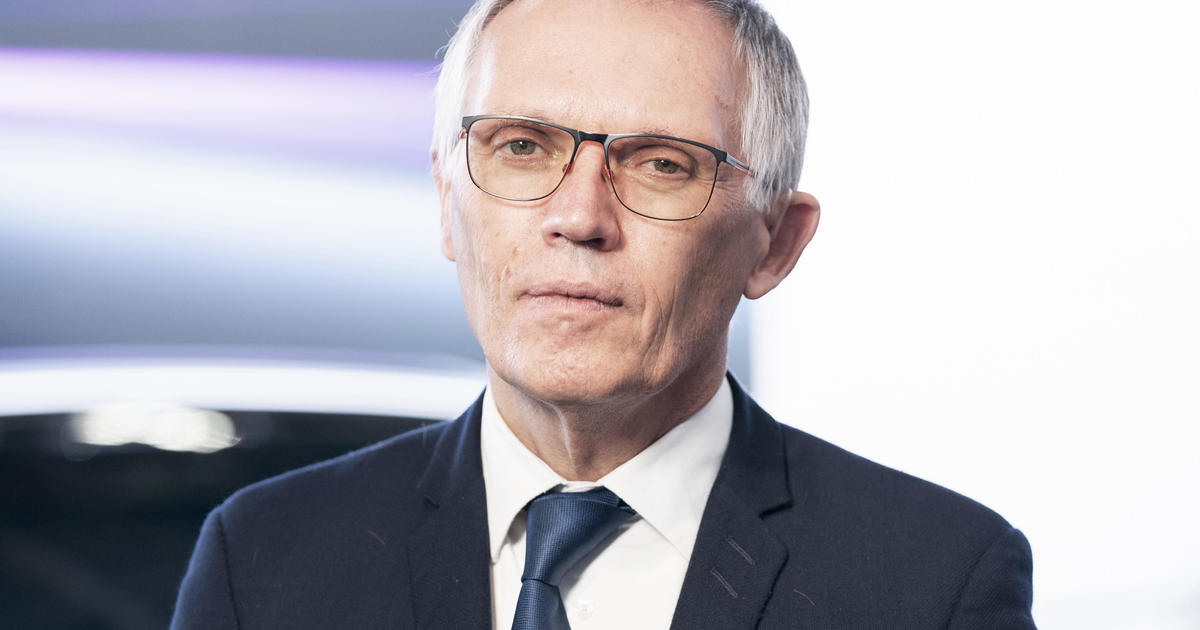Introduction
In a shocking development within the automotive industry, Carlos Tavares has resigned as CEO of Stellantis, a major player formed from the merger of Fiat Chrysler Automobiles and PSA Group. This unexpected departure surfaces amidst a backdrop of declining sales and mounting tensions within the company’s boardroom. The implications of Tavares’s exit extend beyond the corporate walls of Stellantis, raising critical questions about the future strategic direction of the company and the broader automotive landscape.
The Context of Tavares’s Resignation
Carlos Tavares took the helm of Stellantis in January 2021, bringing with him a wealth of experience from his tenure at PSA Group. Under his leadership, the company aimed to streamline operations and enhance profitability. However, recent reports indicate that Stellantis has been grappling with a significant sales decline, particularly in key markets such as North America and Europe.
The automotive sector is facing a myriad of challenges, including:
- Supply Chain Disruptions: Ongoing global supply chain issues, particularly concerning semiconductor shortages, have hampered production capabilities.
- Economic Pressures: Inflationary pressures and rising interest rates have affected consumer purchasing power, leading to reduced demand for new vehicles.
- Increased Competition: The rise of electric vehicle (EV) manufacturers and startups has intensified competition, demanding traditional automakers to innovate rapidly.
Internal Tensions and Strategic Misalignment
Reports suggest that Tavares’s leadership style may have played a role in the internal discord. Sources indicate that disagreements over strategic priorities, particularly regarding the shift to electric vehicles and sustainability initiatives, contributed to a fractious boardroom environment. Some board members reportedly sought a more aggressive approach to electrification, while Tavares favored a more measured transition.
This tension reflects a broader trend in the automotive industry, where companies are grappling with the dual challenge of maintaining profitability while transitioning to a more sustainable business model. As consumer preferences shift towards electric vehicles, automakers must balance short-term financial performance with long-term strategic investments in new technologies.
The Broader Implications for Stellantis
Tavares’s resignation raises important questions about the future of Stellantis. The company has ambitious plans to become a leader in the EV market, aiming for 70% of its sales in Europe and 40% in the U.S. to be electric by 2030. However, achieving these targets now seems more challenging without a strong leadership vision.
Analysts suggest that Stellantis must quickly appoint a new CEO who can navigate the complexities of the current automotive landscape. Potential candidates will need to possess:
- A deep understanding of the EV market and emerging technologies.
- The ability to foster collaboration within the boardroom to align on strategic objectives.
- Experience in managing supply chain challenges and optimizing production processes.
The Future of the Automotive Industry
The resignation of a CEO from a major automaker serves as a reminder of the volatile nature of the automotive industry. As companies pivot to meet the demands of a changing market, leadership stability becomes paramount. The fallout from Tavares’s resignation may also prompt other automotive companies to reevaluate their leadership structures and strategic priorities.
Furthermore, the ongoing transition to electric vehicles is not just a trend; it is a necessity driven by regulatory pressures and consumer demand. Companies that fail to adapt risk losing market share to more agile competitors. Stellantis’s approach to this transition will be closely scrutinized in the coming months.
Conclusion
Carlos Tavares’s resignation as CEO of Stellantis marks a significant moment in the automotive industry, highlighting the challenges faced by traditional automakers amidst evolving market dynamics. As Stellantis navigates this leadership change, the focus will be on maintaining its competitive edge while adapting to the rapid shift towards electrification and sustainability.
The future of Stellantis—and indeed the broader automotive sector—will depend on how effectively the company can address internal tensions, respond to market demands, and innovate in a rapidly changing environment. Stakeholders will be watching closely to see who takes the reins next and how they will steer Stellantis forward in these turbulent times.
For more insights into the automotive industry’s evolving landscape, visit AutoTrader.
To learn more about Stellantis’s initiatives and strategic goals, check out their official site here.
See more Business Focus Insider Team

